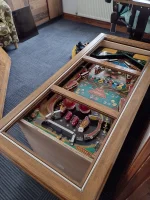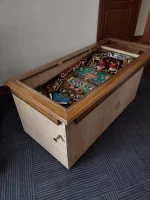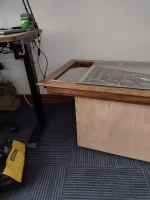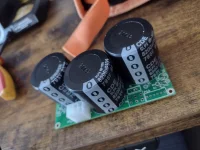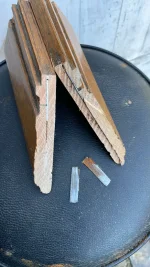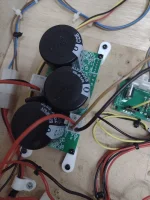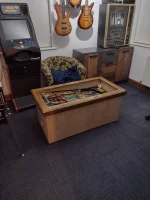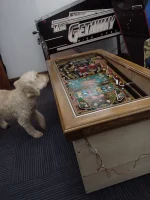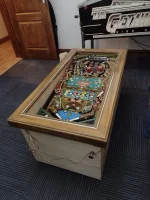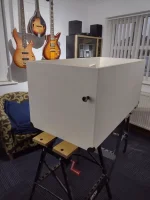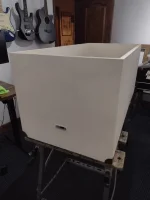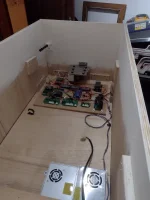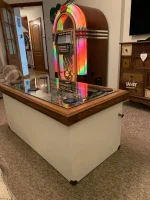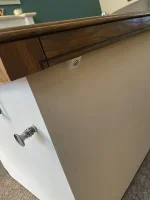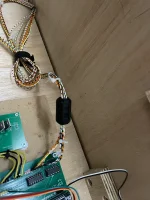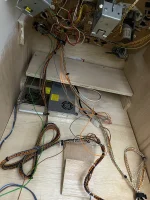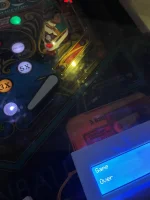Ashbo
Site Supporter
Quick update - having a few days with normal life usually helps and this time it's no different. I have been reading up around how the ESP32 works and it seems I have been setting my tasks (which I pin to cores) with too high a priority. The more I pin at a high priority the less stable the ESP32 will become. There are many internal processes that need to take place to keep the system on a chip running and if I am too agressive with my code it all breaks down. This is what I saw with my LED corruption. I have since made a table of what's running on each core so I can visualise what is going on and this helps me to ensure higher priority tasks keep running (Pinball stuff) and lower priority tasks need to wait (Web server).

So first test this morning and no LED corruption. I'll likely have some undesirable impact on the pinball game (always a sceptic) but at least I can start to plan how I will manage to prioritise resources on this awesome little chip.

So first test this morning and no LED corruption. I'll likely have some undesirable impact on the pinball game (always a sceptic) but at least I can start to plan how I will manage to prioritise resources on this awesome little chip.

